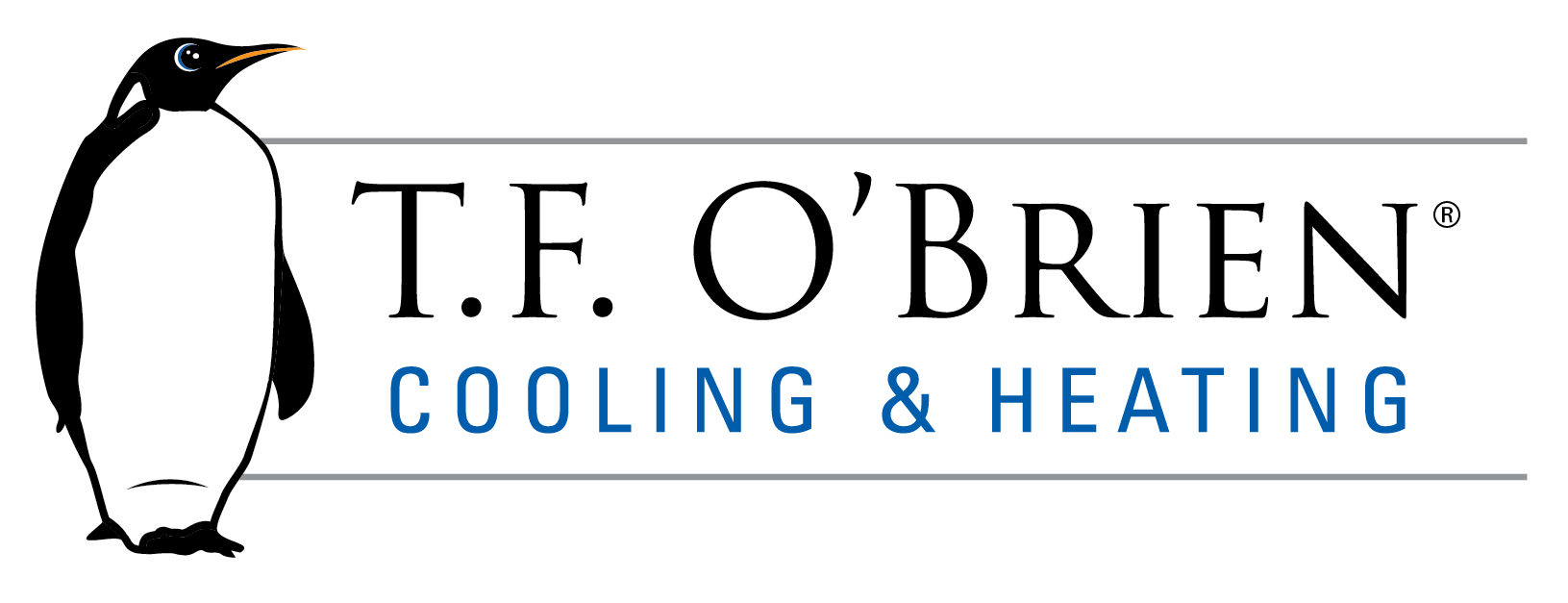By Taking a Holistic Approach Your Home Can Be Energy Efficient
Nowadays many people are concerned with improving energy efficiency in their homes. Whether for financial reasons or due to environmental concerns, the objective is the same: to maximize energy savings. To achieve this goal, it’s vital that each area of energy usage in the house is identified and addressed. Taking this whole-house approach to energy efficiency is the smart solution, and it’s easy too, if you follow these six simple steps.
Air Sealing
Air leaks are a major enemy of energy efficiency, as they let unconditioned air in and conditioned air out, creating an overload on your HVAC system. Look around doors and windows first, as cracks often appear here, and also check out electrical and air vents. Use caulk and weatherstripping to properly seal air leaks, depending on their location in your home.
Deal With Ductwork
Leaky ductwork is another common contributor to poor energy efficiency. Duct leaks let conditioned air into parts of the home you don’t want to heat or cool, like attics and crawl spaces. Hot air also gets in through the leaks, placing unnecessary demands on your HVAC system. Have an qualified professional carry out a full inspection of the ductwork and seal duct leaks using mastic sealant.
Insulate
The right insulation is key to energy efficiency. Make sure your home has adequate insulation throughout, particularly in the attic, which is easily affected by radiant heat. Consider insulating walls and floors, but weigh this option thoroughly as retrofit costs can be substantial.
Windows
Even if windows are already sealed, shading can deliver further energy savings. If windows are old, consider the more costly step of replacing them with double-paned units, which offer significant savings.
HVAC System
Regular servicing of your HVAC system is a must if you want to maintain its performance and ensure proper and efficient operation. This will also mean you get to spot any issues with the system before they become major problems.
Appliances and Lighting
Energy-efficient lighting and appliances can also diminish the drain on energy in your home. Water heaters and refrigerators tend to be top offenders, so start with them. When it’s time to replace a particular unit, look for the Energy Star label, which distinguishes energy-efficient products from its less efficient counterparts.
For more information on energy efficiency in your Long Island home, contact the pros at T.F. O’Brien Cooling & Heating. We’ve proudly served the HVAC needs of homeowners throughout Nassau County since 1934.
Our goal is to help educate our customers about energy and home comfort issues (specific to HVAC systems). For more information about other HVAC topics, download our free Home Comfort Resource guide.
Image via Shutterstock.com

